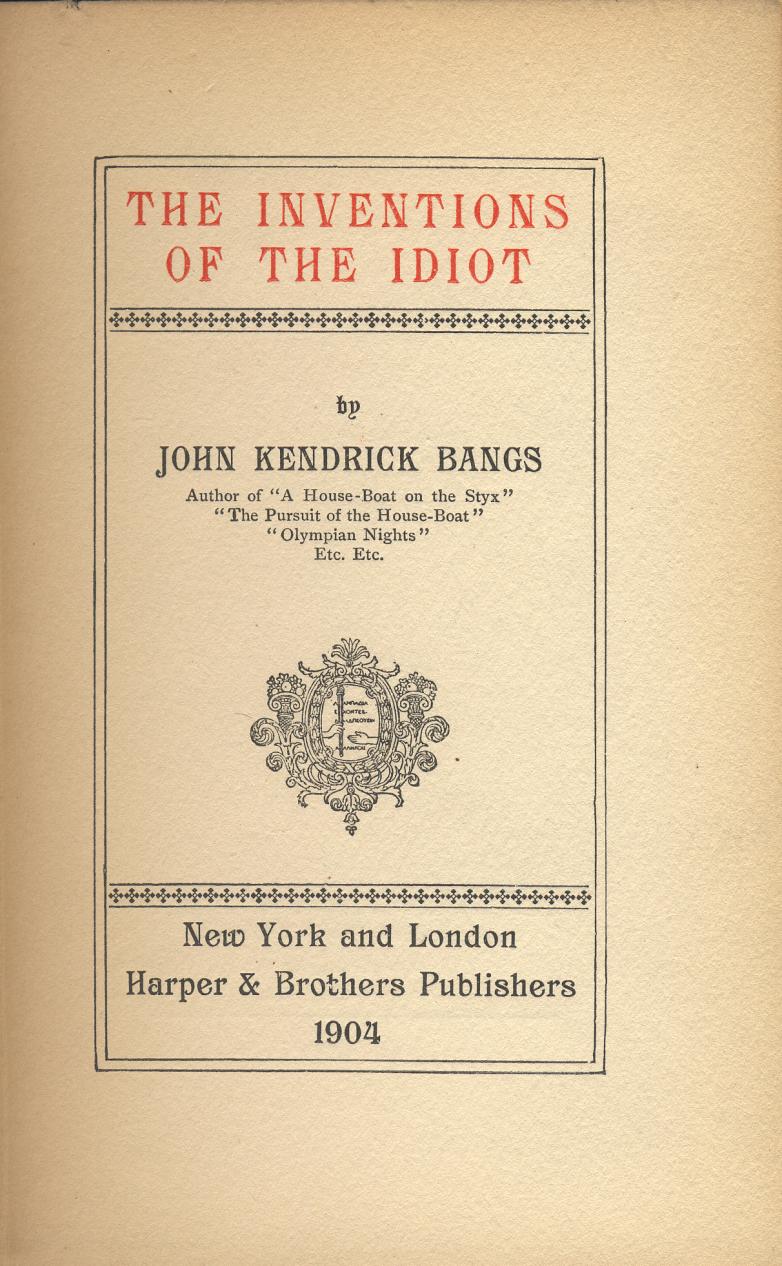

With characters who seem to have sprung from a novel by Sinclair Lewis or Steinbeck, and Egan's powerful writing, this account will long remain in readers' minds. Egan takes us into the lives of families in. Egan's interviews with survivors produce tales of courage and suffering: Hazel Lucas, for instance, dared to give birth in the midst of the blight only to see her baby die of "dust pneumonia" when her lungs clogged with the airborne dirt. The Worst Hard Time, which won this year's National Book Award for non-fiction, focuses on the epicenter of the Dust Bowl a stretch of high plains ranging from the Texas and Oklahoma panhandles through the southeastern corner of Colorado and the western half of Kansas up to the Nebraska border.

He grounds his tale in portraits of the people who settled the plains: hardy Americans and immigrants desperate for a piece of land to call their own and lured by the lies of promoters who said the ground was arable.

But the plague was man-made, as Egan shows: the plains weren't suited to farming, and plowing up the grass to plant wheat, along with a confluence of economic disaster-the Depression-and natural disaster-eight years of drought-resulted in an ecological and human catastrophe that Egan details with stunning specificity. Egan tells an extraordinary tale in this visceral account of how America's great, grassy plains turned to dust, and how the ferocious plains winds stirred up an endless series of "black blizzards" that were like a biblical plague: "Dust clouds boiled up, ten thousand feet or more in the sky, and rolled like moving mountains" in what became known as the Dust Bowl. Even today, writes Timothy Egan, the daunting expanse of this nation's southern plains 'scares people in the way that a big house can haunt after the lights go out.' It is a.


 0 kommentar(er)
0 kommentar(er)
